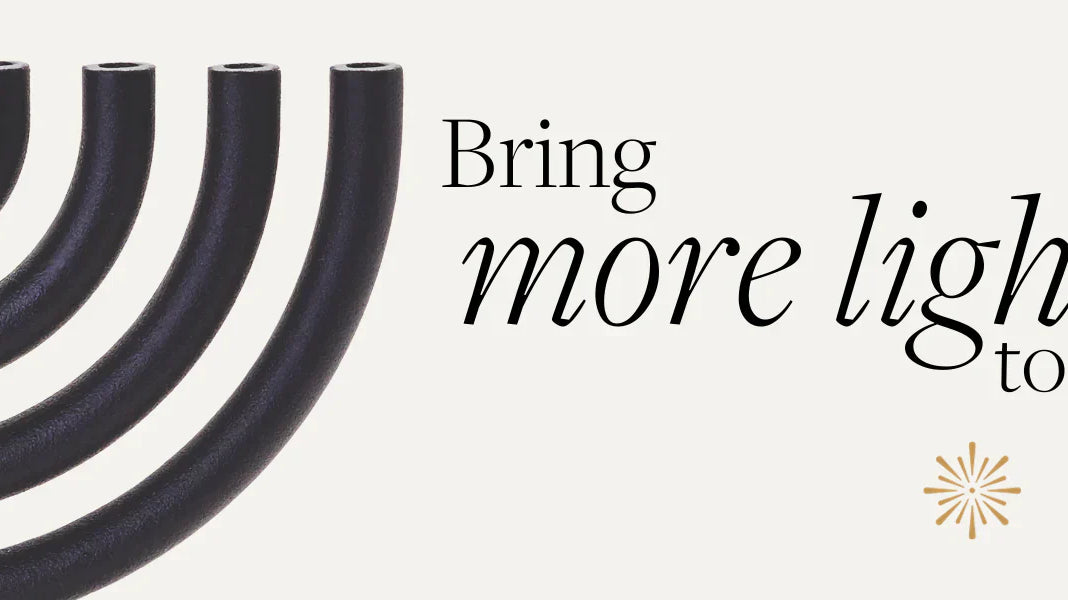What does “Shabbat ends” actually mean?
Shabbat ends at nightfall on Saturday when it is dark enough to see three medium-sized stars. That moment is called tzeit hakochavim. After that point, we mark the transition back to the week with the short Havdalah ritual.
How is the end time calculated?
Jewish law defines nightfall by darkness rather than a clock time, which means the exact minute shifts with the season and your location. Most calendars translate that darkness threshold into a time after local sunset. You will see a few accepted approaches, and communities choose among them.
The most common approaches you will see
-
Standard nightfall: roughly 40 to 50 minutes after local sunset. Many congregations and calendars use a value in this range.
-
72-minute opinion: some follow a fixed 72 minutes after sunset, based on a classic opinion associated with Rabbeinu Tam.
-
Degree-based methods: some calendars use the sun’s angle below the horizon to pinpoint nightfall. This yields slightly different results by latitude and season.
If your community follows a specific custom, stick with that. When in doubt, ask your rabbi or use a reputable Jewish calendar for your ZIP code.
Why your city and season change the time
Night falls faster in some places than others. High latitudes experience prolonged twilight in summer and shorter twilight in winter. That is why Shabbat might end 35 minutes after sunset in one city and more than an hour after sunset in another. Daylight saving time does not change halachic nightfall itself, but it does change your civil clock.
What is Havdalah and when do I say it?
Havdalah is the brief ritual that closes Shabbat. It uses wine or grape juice, fragrant spices, and a braided candle. You recite Havdalah once Shabbat has ended for your community. Many families wait a minute or two after the published time to be sure it is fully night.
If you are building the habit, a dedicated set helps. Explore our Shabbat Box collection for a gentle, modern kit, and our gift sets if you are sharing the ritual with a friend. Our havdalah set is coming soon to Oneg!
Common myths, cleared up
-
Clouds do not move the time. Nightfall is tied to the sun’s position, not cloud cover.
-
Daylight saving is not a halachic factor. It shifts your clock, not the underlying calculation.
-
One official global time does not exist. Each city’s time is unique to its sunset and twilight.
Want to go deeper at your table?
If you appreciate learning while you celebrate, set out a short paragraph to read before Havdalah about gratitude, light, or blessings. Our community often pairs a reflection with setting a beautiful table. Here is a helpful read: How To Set Your Table.
Frequently Asked Questions
Why Do Different Calendars Show Different End Times?
Different calendars follow different rabbinic opinions on when Shabbat ends. Some use the appearance of three stars, others calculate a set number of minutes after sunset. Your location and community tradition both play a role in which time you follow.
What's the Difference Between the Standard Time and the 72-Minute Opinion?
The standard time marks Shabbat's end when three stars appear, usually around 40 minutes after sunset. The 72-minute opinion adds extra time for certainty, waiting a full 72 minutes after sunset. Many follow the stricter approach out of respect for tradition.
Does Daylight Saving Time Change the End Time?
Yes, daylight saving time shifts when Shabbat ends because it changes when sunset occurs on the clock. Always check a current Jewish calendar for your location, since the actual end time is based on sunset, not a fixed hour.
When Should I Say Havdalah After Shabbat Ends?
Say Havdalah once Shabbat has fully ended according to your tradition. Most wait until three stars are visible or the designated time on their calendar has passed. There's no rush, so take a moment to transition peacefully into the new week.
Does Traveling Change My Shabbat End Time?
Yes, your Shabbat end time depends on where you physically are. Sunset happens at different times in different locations. If you travel during Shabbat, use the end time for your current location rather than where you started.
Closing thoughts
Shabbat ends when night truly arrives, and Havdalah helps us cross that threshold with intention. If you remember nothing else, remember this flow: check the time for your city, wait until nightfall, then gather for a short blessing over wine, spices, and light. If you want a calm, welcoming setup, our Shabbat Box collection was designed to make the ritual feel simple, modern, and warm.





